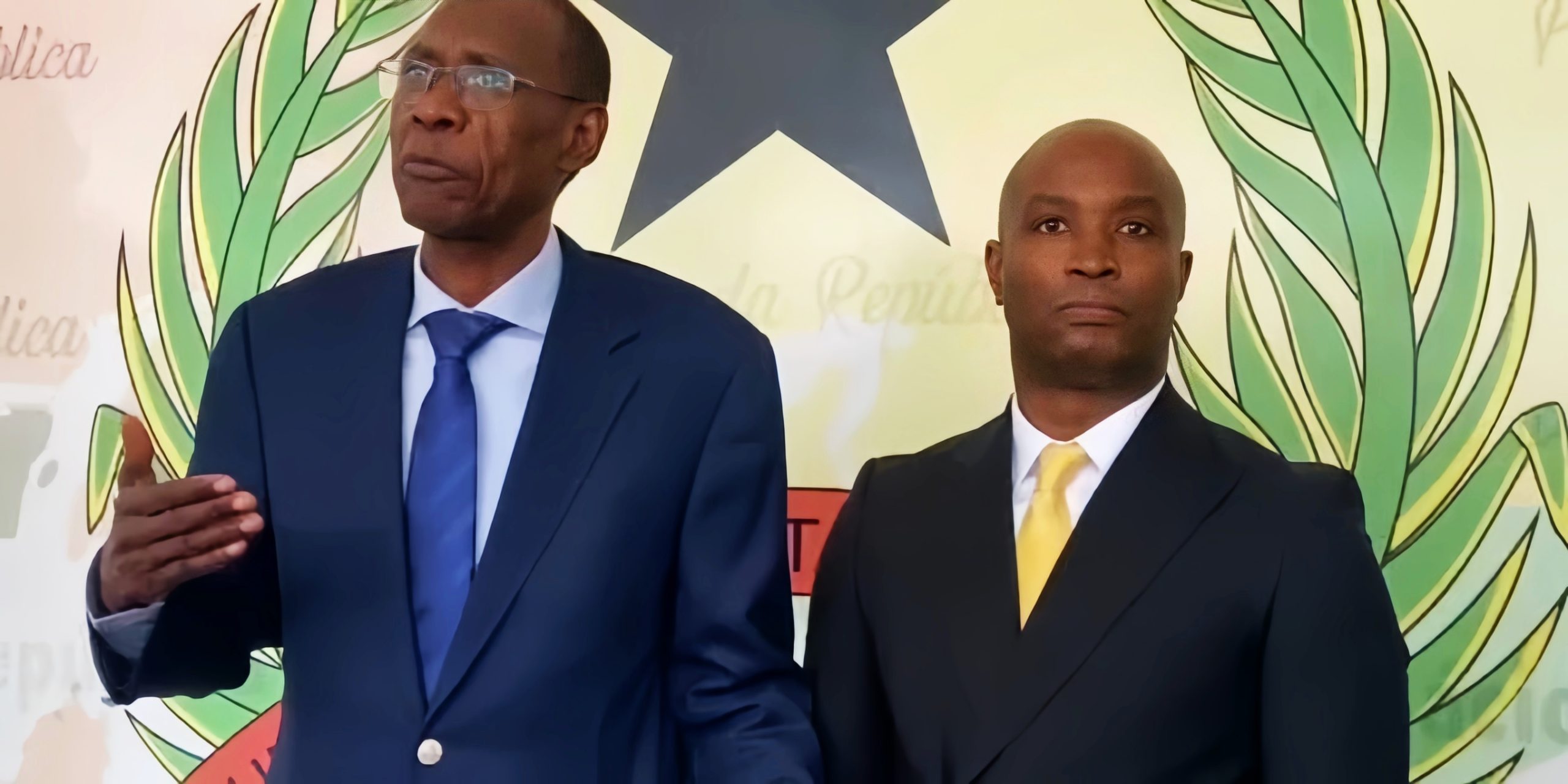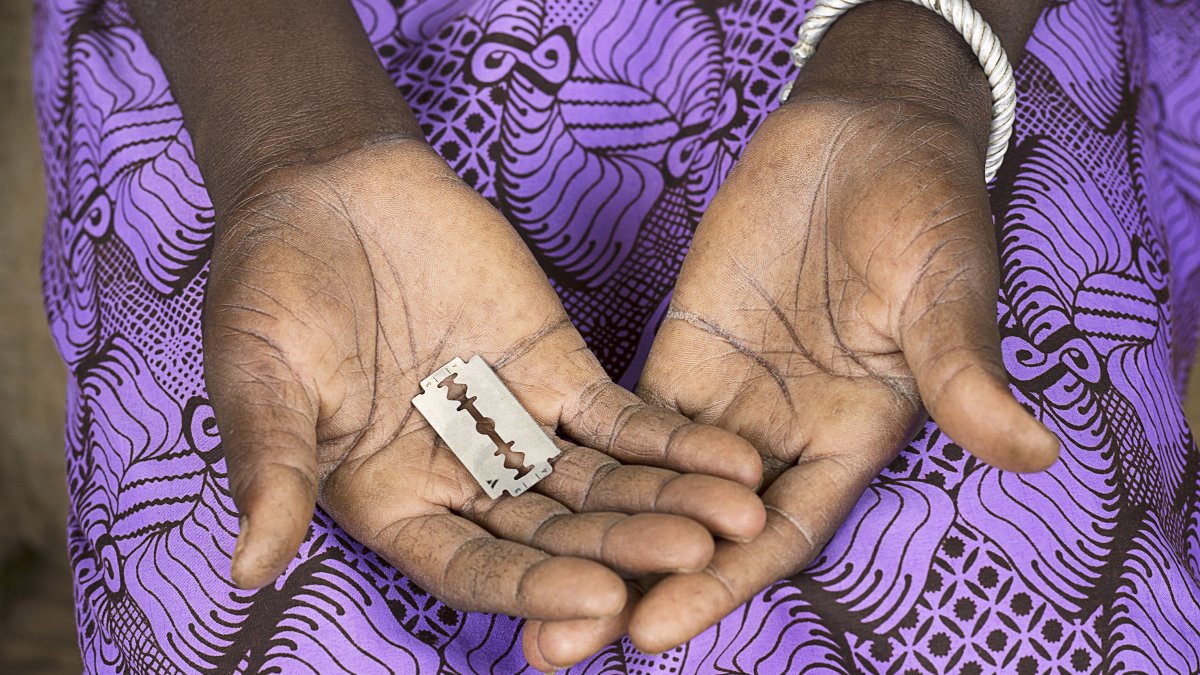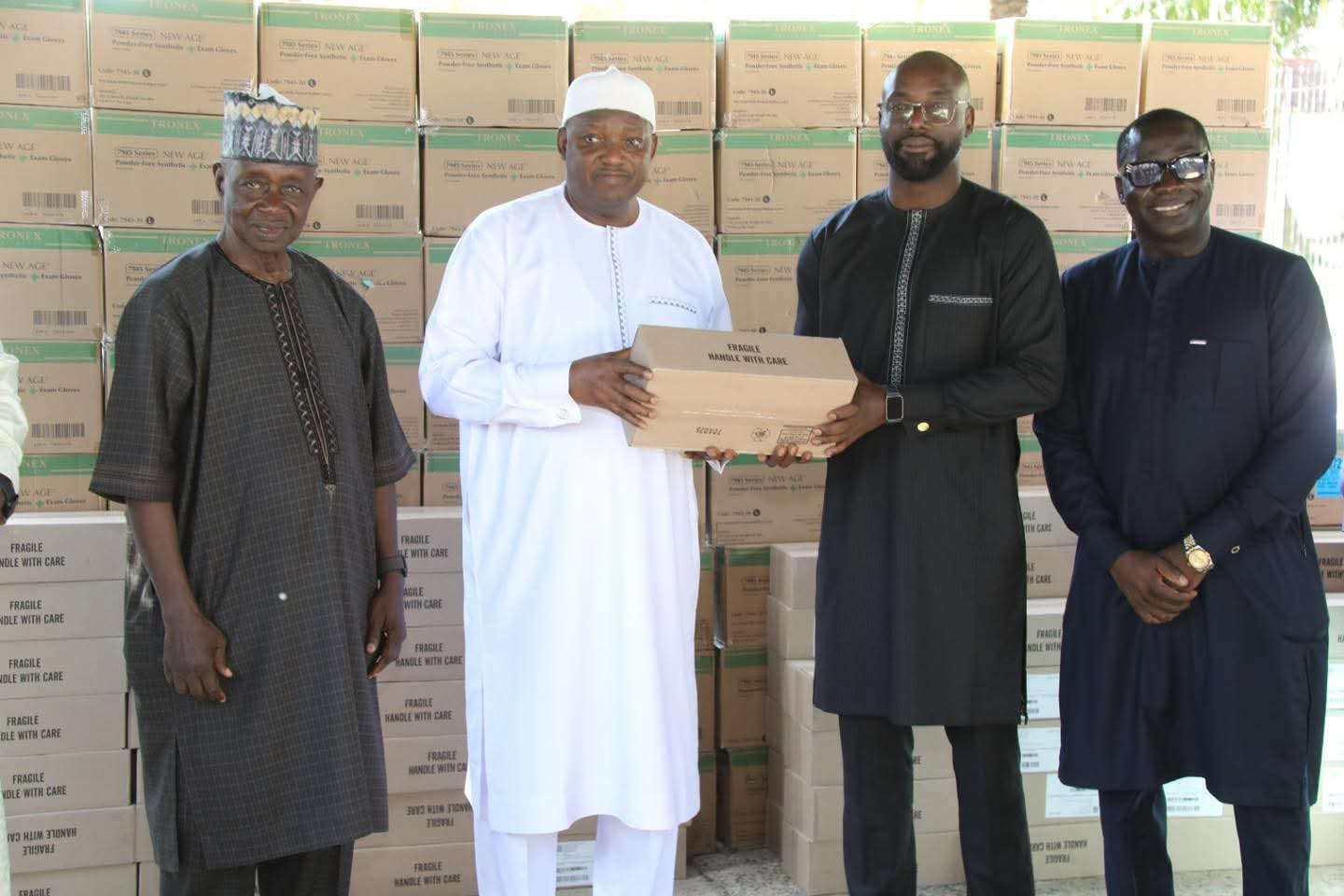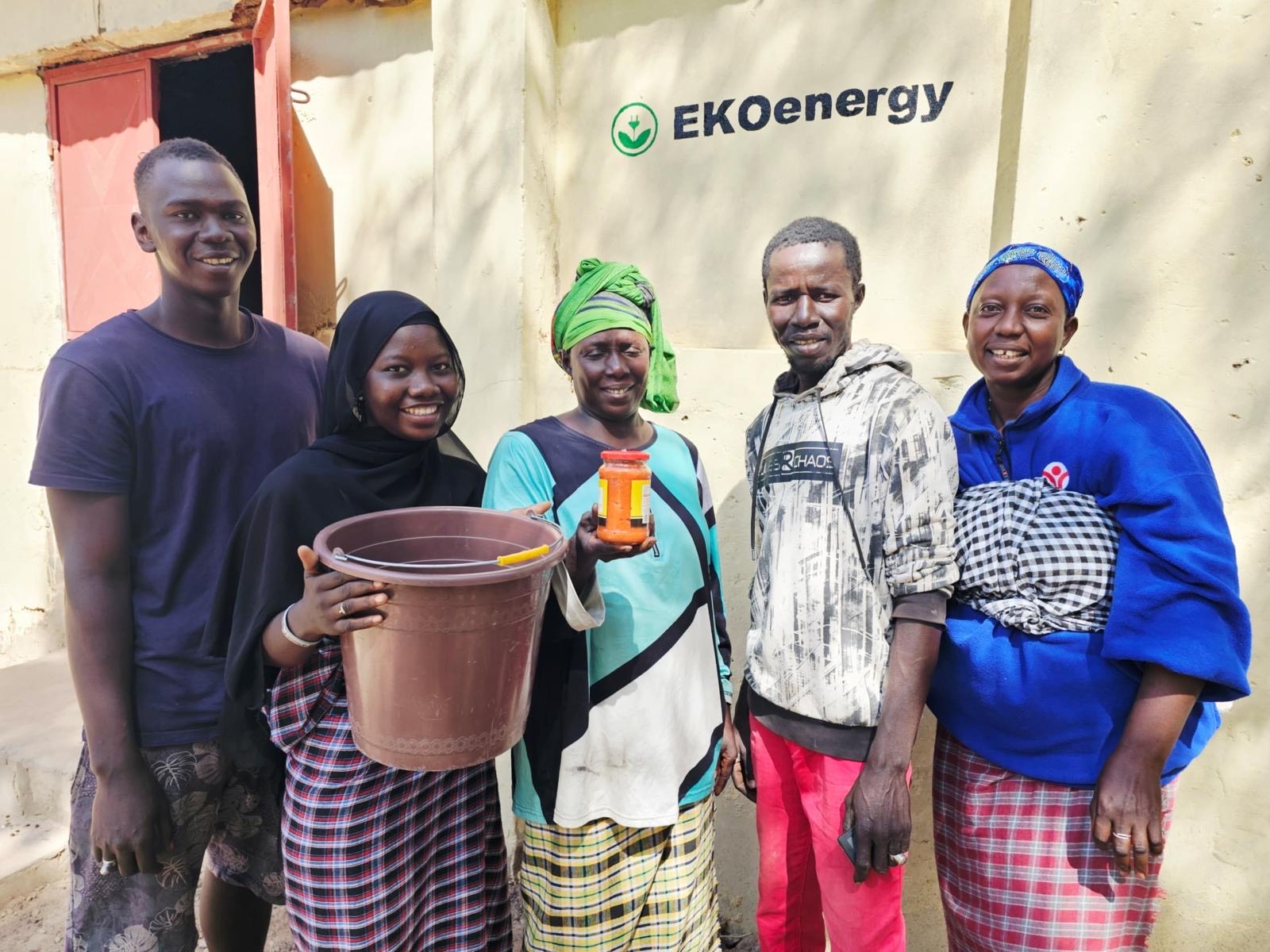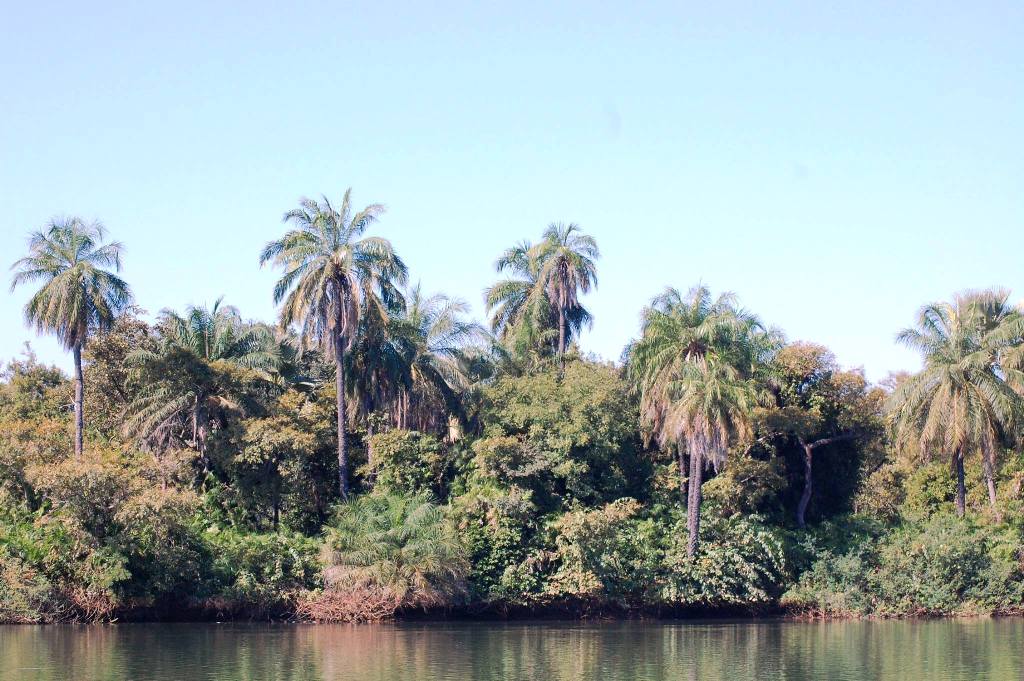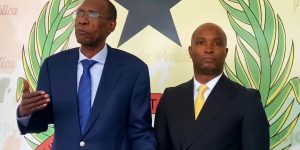The Ministry of Environment and Natural Resources has announced the establishment of four indigenous community reserve areas in the Central River region and the creation of a marine protected area at Kartong. These conservation efforts aim to protect biodiversity, support sustainable resource management, and preserve traditional knowledge and practices.
In an official statement, Rohey John Manjang, the Minister of Environment, Climate Change, and Natural Resources, declared Kartong Allahein Marine Park, Nyani Sukuta, Nyani Kayai, Jaylani Bakadagi, and Jarume Koto Swamplands as protected areas in accordance with the Biodiversity and Wildlife Act 2023. The official names of these parks will be determined in the regulation.
The minister emphasized the significance of these areas for biodiversity and wildlife conservation, highlighting their designation as Indigenous Community Conserved Areas managed in partnership with the government and recognizing the ownership rights of the communities and Indigenous people settled in these areas.
Government officials stressed the collaborative effort involved in creating these conservation areas, emphasizing the participation of local communities, traditional authorities, and stakeholders in the decision-making process. The ministry highlighted the importance of community engagement and empowerment in the sustainable management of natural resources, acknowledging the valuable contribution of indigenous knowledge and practices to conservation endeavors.
Mohamed Jaiteh, director of the Forestry Department, stated that 200,000 acres of forest cover are to be handed over to the communities, aligning with the government’s policy objective. These zones will function as protected areas overseen and governed by indigenous communities, aiming to conserve biodiversity, encourage sustainable resource management, and uphold traditional knowledge and practices.
Buba Pateh Jallow, adviser to the Minister of Environment, emphasized the transfer of management to the communities for sustainability, highlighting the shift towards community, public, and private partnerships. This approach aims to involve communities as custodians of these areas.
Ousman Touray, the project coordinator of JET6, a project in the Gambia focused on planning and restoring the land and seascape, highlighted the importance of the marine protected area in Kartong to discourage activities like sand mining and promote ecotourism and other sustainable initiatives to improve livelihoods.
Njaga Touray, Deputy National Director of the National Environment Agency, highlighted the accomplishments of the GEF project, including providing alternative livelihood options and training opportunities for communities.
The creation of the Marine Protected Area in Kartong represents a significant step towards safeguarding marine ecosystems and coastal regions. These initiatives in the Central River Region and Kartong signify a major achievement in the Gambia’s conservation efforts, reflecting a proactive approach to environmental stewardship, sustainable development, and cultural heritage preservation.




